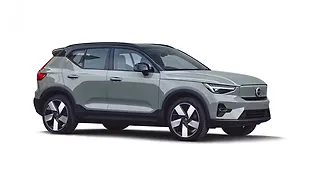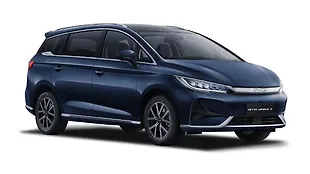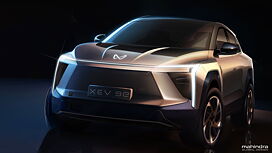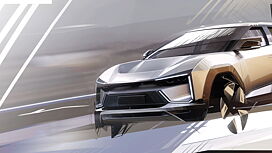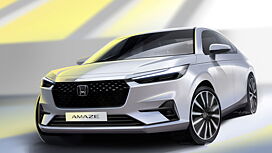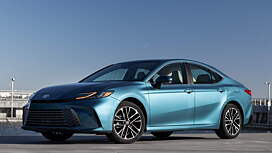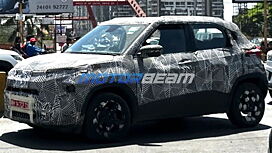Top 5 Safety features in last 10 years

Today, India ranks among the top 10 largest auto markets in the world with massive growth seen in recent years. Over the years, cars which were once considered to be luxury have now become a necessity and part of our everyday lives. The growing economy, growing safety concerns and competition amongst car manufacturers has led to many cars being offered with modern day safety equipment. Here below are the top 5-safety features that have given us freedom from injuries in the last 10 years. Earlier most these features were limited to premium cars, but now we find them in the budget car segment as well.
Airbags
In the early days, seat belts were the sole form of passive restraints, especially in the passenger vehicle segment. Although the cars in the international market received airbags as a standard offering, it took a while for this safety feature to mark its presence in India. In event of a crash, the airbags are deployed instantly and function like a soft pillow to prevent grievous injuries. Reports claim that airbags reduce chances of fatalities by nearly 30 per cent in event of a frontal impact. Although in India airbags in budget cars are limited to top spec version, it is just a matter a time before it is offered as standard across all trims under new regulations.
Speed Sensing door lock
Speed sensing door locks ensures that the doors are automatically locked when the vehicle is in motion and crosses a particular speed – about 20kmph mostly. This ensures that the door does not accidentally open in transit. The door unlocks whenever the driver unlocks it or the ignition is turned off or the key is removed from the key hole. Certain models also get the impact sensing unlock function, which ensures that the vehicle is automatically unlocked in case of crash, thereby enables faster rescue of the injured passengers.
Power Steering
Although this has been always been offered in top-spec versions in the past, it now comes as a standard piece of equipment in most cars. It ensures easy maneuverability at low speed as well as good control at higher speeds. Manual steering required a lot of effort especially at lower speeds, thereby requiring more steering input wherever necessary. Recently introduced cars have progressed another step ahead with electric power steering, which uses an electric motor to assist the driver, unlike traditional systems that act on hydraulic pressure provided via a pump driven by the vehicle’s engine.
Seat Belt Warning
There was a time when seatbelts only came in premium cars. Now most of the top spec variants of budget cars have them. If you turn on the ignition and forget to wear a seat belt, a seat belt warning sign (mostly in red colour) will flash in front of you, reminding you to secure yourself. Although most cars will allow you to drive with the sign turned on, in a few cases the engine will not crank up or you will hear a constant beep till you secure yourself.
ABS with EBD
Antilock Braking System (ABS) and Electronic Brake Distribution (EBD) ensures that the car does not lose control during unexpected circumstances. Most cars with an ABS system will also get the EBD which means that whenever you brake hard, the wheels will not lock and the brake pressure will be evenly applied to all wheels to get maximum traction control. This is particularly helpful when you try navigating through an unexpected curve at high speeds. Moreover, it also helps prevent accidents when you come across a pedestrian or an unexpected obstacle in your way.
Honestly speaking, safety should always be a priority in your car-buying decisions. Although, a bit slow, safety equipment is soon gaining importance in India and going forward, we expect that automakers will soon start offering these features as standard rather than limiting it to the top spec variants. As we celebrate India’s 70th Independence anniversary today, we also need to acknowledge the fact that cars have also evolved in the last 10 years to give us freedom from injuries.












